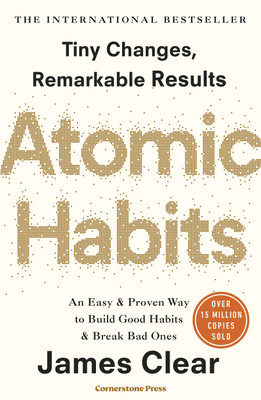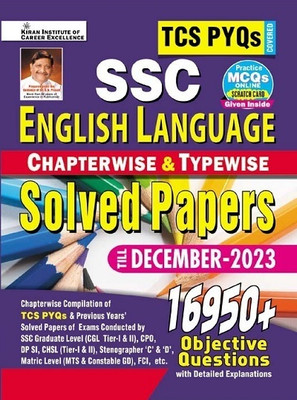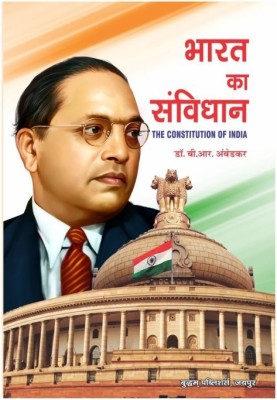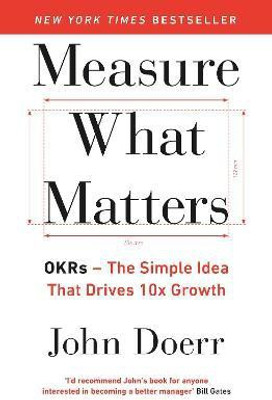| Table of Contents | - Module - I: ELECTRONIC MATERIALS
1. Free electron theory
2. Density of states and energy band diagrams
3. Kronig-Penny model (to introduce origin of band gap), Energy bands in solids
4. E-k diagram, Direct and indirect bandgaps
5. Types of electronic materials: metals, semiconductors, and insulators
6. Density of states, Occupation probability
7. Fermi level, Effective mass, Phonons
Module - II: SEMICONDUCTORS
1. Intrinsic and extrinsic semiconductors
2. Dependence of Fermi level on carrier- concentration and temperature (equilibrium carrier statistics)
3. Carrier generation and recombination, Carrier transport: diffusion and drift, p-n junction,
4. Metal-semiconductor junction (Ohmic and Schottky), Semiconductor materials of interest for optoelectronic devices
Module -III LIGHT-SEMICONDUCTOR INTERACTION
1. Optical transitions in bulk semiconductors: absorption, spontaneous emission, and stimulated emission
2. Joint density of states
3. Density of states for photons
4. Transition rates (Fermi's golden rule)
5. Optical loss and gain; Photovoltaic effect, Exciton
6. Drude model
Module - IV: MEASUREMENTS
1. Four-point probe and Van Der Pauw measurements for carrier density
2. Resistivity and hall mobility
3. Hot-point probe measurement, capacitance-voltage measurement
4. Parameter extraction from diode I-V characteristics, DLTS
5. Band gap by UV-Vis spectroscopy, absorption/transmission
Module - V: SUPERCONDUCTIVITY
1. Introduction of Superconductivity
2. Properties of superconductor
· Effect of magnetic field
· Meissner effect
· Pressure effect
· Impurity effect
· Isotopic mass effect
3. Mechanism of Superconductivity: BCS Theory
4. Penetration depth: Magnetic field
5. Josephson's junction and its application
6. Application of superconductors
|





